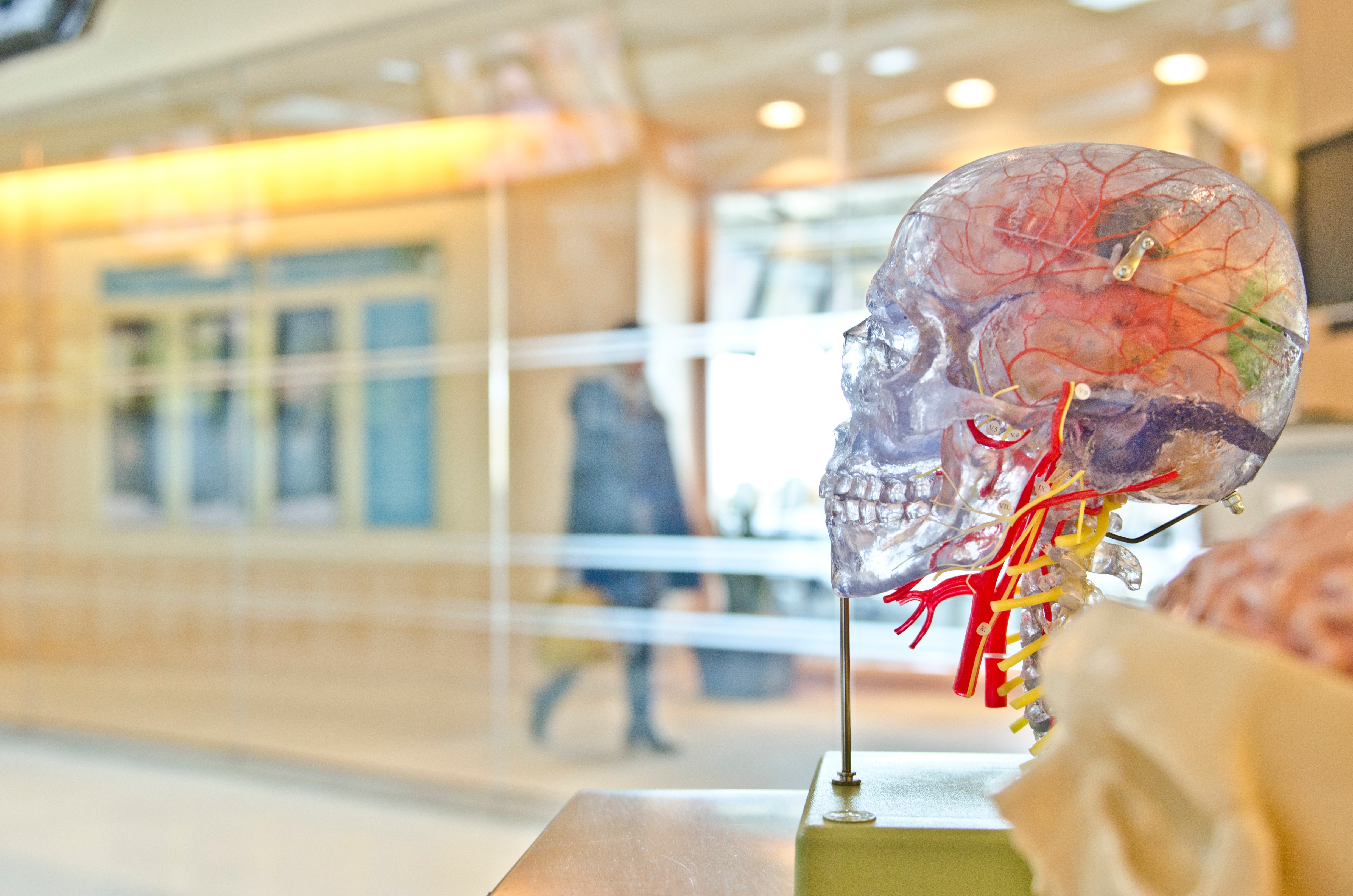There are no items in your cart
Add More
Add More
| Item Details | Price | ||
|---|---|---|---|
Tue Sep 26, 2023
The Science Behind NLP: How Neurology, Language, and Behavior Intersect
NLP, or neuro-linguistic programming, has drawn attention for its significant impact on interpersonal communication, human behaviour, and personal growth. But what constitutes the essence of NLP, and how does it function? This article will examine the science of neuro-linguistic programming and reveal the complex interrelationships between neurology, language, and behaviour. Consider enrolling in our globally recognised "Certification in Neuro-Linguistic Programming (NLP)" course if you're interested in learning more about the theory and practise of NLP.
Understanding NLP: The Basics
A thorough framework called neuro-linguistic programming examines the connections between behaviour, verbal and non-verbal language, and neurology (the study of the neurological system) (patterns of action and reaction). The fundamental goal of NLP is to comprehend how people perceive the world, communicate, and act in response to those perceptions.
The Pillars of NLP
Neurology: NLP recognises that our experiences are processed through our sensory systems, influencing our internal worldviews.
Language: Our ability to articulate our thoughts, feelings, and perceptions through language has an impact on how we communicate with one another and with ourselves.
Behavior: Our neurological functions and the way we understand and express our experiences through language both have an impact on how we act and react.
The Science of NLP
NLP develops methods and approaches for self-improvement and effective communication by drawing from diverse disciplines of psychology, linguistics, and cognitive science. It is built on a number of key ideas:
1. Rapport Building
Building rapport and forging connections based on trust and understanding with people are essential, according to NLP. Mirroring and matching techniques are used to build rapport and improve communication.
2. Sensory Acuity
The sensory acuity that NLP practitioners cultivate allows them to carefully notice and decipher non-verbal clues like tone of voice and body language. This increased awareness makes it possible to establish rapport and communicate effectively.
3. Reframing
Reframing is a cognitive strategy used in NLP to alter the frame of reference that a person uses to frame a situation. It has the potential to be an effective tool for personal change.
4. Anchoring
Associating a certain state or emotion with a particular stimulus is known as anchoring. Anchoring is a technique used by NLP practitioners to enable people to instantly enter desired emotional states.
Enroll in Our “Certification in Neuro-Linguistic Programming (NLP)”
Consider enrolling in our "Certification in Neuro-Linguistic Programming (NLP)" course to learn more about NLP and gain useful skills for communication and personal growth. This internationally recognised course is made to equip you with the knowledge and NLP techniques, whether your goals are personal development, coaching, or improving your communication abilities.
Conclusion
The science underlying neuro-linguistic programming is an intriguing investigation into how our neurological functions, language, and behaviour interact to mould our view of the outside world and affect our interactions. For personal development, communication, and transformation, NLP provides useful tools and techniques.
Enroll in our "Certification in Neuro-Linguistic Programming (NLP)" course to learn more about the theory and practise of NLP and to start your journey toward communication mastery and self-discovery.
Virtued Academy International
A California-based travel writer, lover of food, oceans, and nature.